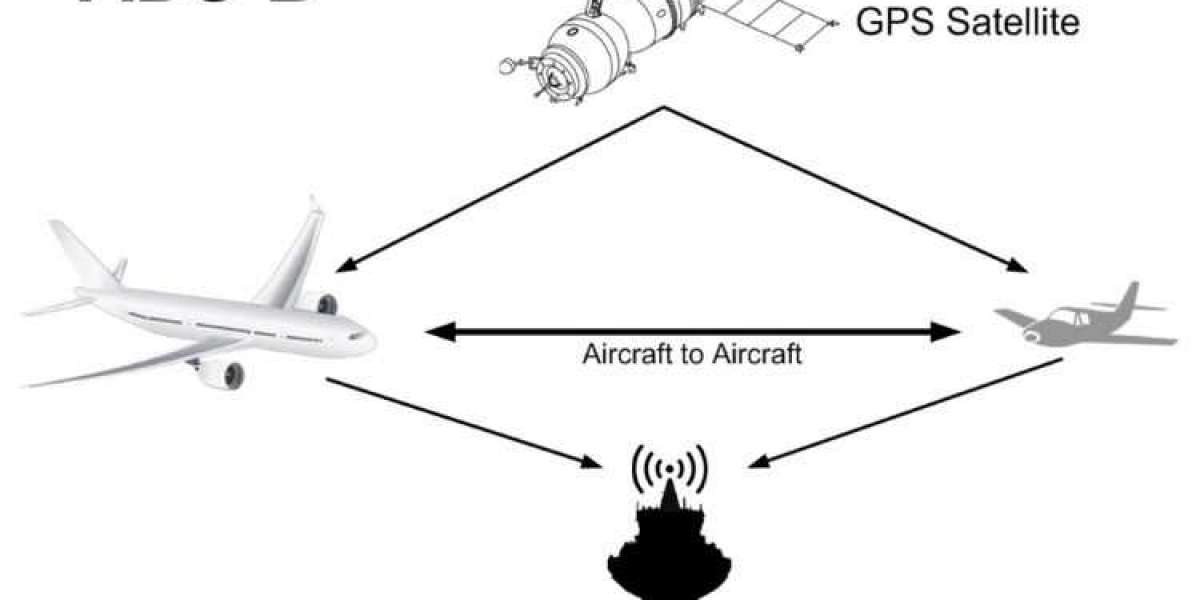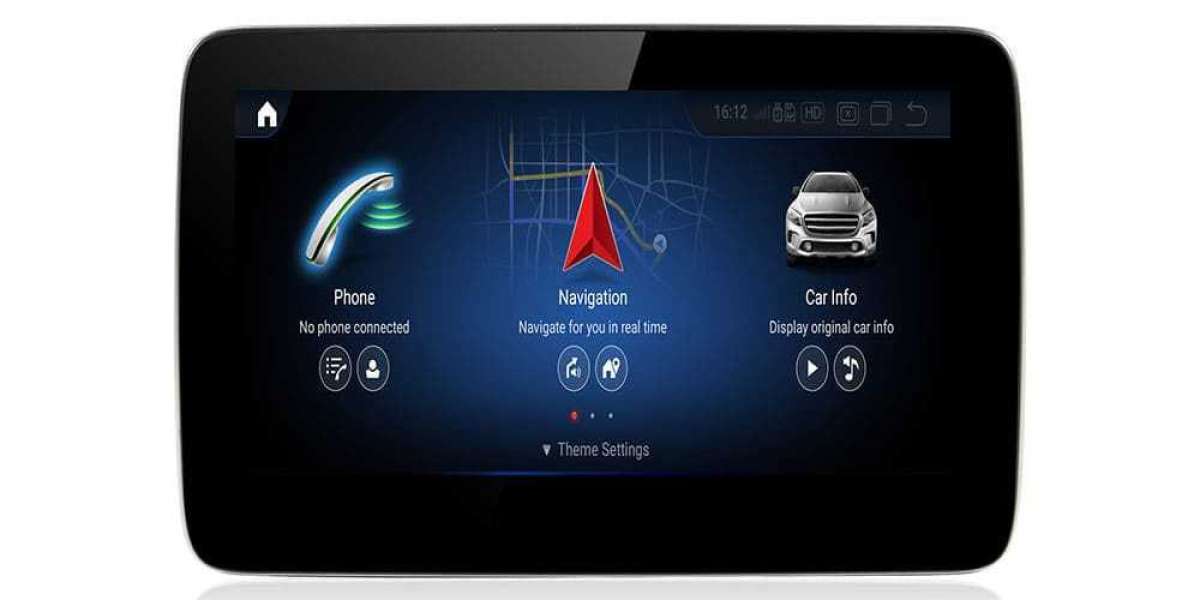The global Automatic Dependent Surveillance-Broadcast (ADS-B) market size is on the ascent, with significant growth projected in the coming years. In 2023, the market reached a value of USD 640.6 million, and it is forecasted to grow at a remarkable Compound Annual Growth Rate (CAGR) of 15.1% during 2024-2032, ultimately reaching a value of USD 1,439.6 million by 2032. These statistics reflect the growing importance and adoption of ADS-B technology in modern aviation.
ADS-B represents a transformative leap in aviation safety and efficiency. In this blog post, we'll explore the manifold benefits of ADS-B technology and its impact on contemporary aviation. From enhanced visibility to improved air traffic management and the prevention of mid-air collisions, ADS-B is revolutionizing the way we navigate the skies.
Improved Aircraft Visibility
One of the fundamental advantages of ADS-B is its ability to significantly improve aircraft visibility. Unlike traditional radar systems that rely on ground-based stations, ADS-B operates through onboard equipment that broadcasts an aircraft's precise position, altitude, speed, and other critical data. This data is received by nearby aircraft, air traffic control (ATC), and other stakeholders in real-time.
This enhanced visibility is a game-changer for pilots and air traffic controllers alike. Pilots can see nearby aircraft on their cockpit displays, even if those aircraft are not within the line of sight. This means better situational awareness, reduced risk of collisions, and more informed decision-making during adverse weather conditions or congested airspace.
Enhanced Air Traffic Management
ADS-B doesn't just benefit individual aircraft; it also contributes to more efficient air traffic management on a broader scale. With ADS-B, ATC can track aircraft with unparalleled accuracy and precision. This enables controllers to manage air traffic more effectively, reduce congestion, and minimize delays.
For example, in busy airspace, controllers can safely reduce the separation between aircraft, allowing for more efficient use of airspace and shorter flight times. This not only benefits airlines by saving fuel and reducing operational costs but also contributes to a more sustainable and eco-friendly aviation industry.
Accurate Position Reporting
One of the key advantages of ADS-B is its ability to provide highly accurate and real-time position data. Traditional radar systems have limitations in terms of accuracy, especially at higher altitudes and over remote areas. ADS-B, on the other hand, offers a level of precision that was previously unattainable.
This accuracy is crucial for collision avoidance systems, which rely on precise position information to assess potential threats and provide timely alerts to pilots. With ADS-B, the risk of mid-air collisions is significantly reduced, enhancing safety in the skies.
Reduced Risk of Mid-Air Collisions
The reduction in the risk of mid-air collisions is one of the most compelling arguments for the widespread adoption of ADS-B. Statistics show a substantial decrease in mid-air collisions in areas where ADS-B is in use. This technology empowers aircraft to be aware of each other's positions and intentions, enabling them to take evasive action when necessary.
Collision avoidance systems, such as Traffic Alert and Collision Avoidance Systems (TCAS), have become even more effective when integrated with ADS-B data. These systems provide pilots with timely alerts and guidance on how to avoid potential collisions, adding an extra layer of safety to air travel.
Enhanced Search and Rescue Operations
ADS-B isn't just about preventing accidents; it also plays a crucial role in search and rescue operations. When an aircraft encounters an emergency or goes off course, ADS-B can help locate it quickly and accurately. This technology has been instrumental in locating and rescuing aircraft in distress, even in remote or challenging terrain.
Moreover, ADS-B can provide valuable information to search and rescue teams, helping them plan and execute missions with a higher likelihood of success. The global implications of this capability for safety and emergency response cannot be overstated.
Regulatory Mandates and Compliance
The adoption of ADS-B has been driven, in part, by regulatory mandates in different regions around the world. Many countries have recognized the safety and efficiency benefits of ADS-B and have implemented mandates requiring aircraft to be equipped with ADS-B Out technology.
Non-compliance with these mandates can have serious consequences for operators, including restrictions on airspace access and increased operating costs due to rerouting. As a result, the aviation industry has been actively working to meet these regulatory requirements and ensure the safe integration of ADS-B technology into their fleets.
Cost Savings and Efficiency Gains
While safety is paramount, the financial benefits of ADS-B technology cannot be ignored. Airlines and operators have reported substantial cost savings as a result of ADS-B implementation. These savings come from various sources, including reduced fuel consumption, lower maintenance costs, and improved flight scheduling.
Airlines that embrace ADS-B technology can optimize flight routes, reduce fuel burn, and minimize operational disruptions. This not only improves their bottom line but also contributes to a more sustainable aviation industry by reducing emissions and resource consumption.
Future Innovations and Integration
As technology continues to evolve, so does ADS-B. Emerging trends in ADS-B technology include the integration of ADS-B with NextGen and other aviation advancements. NextGen, or the Next Generation Air Transportation System, represents a comprehensive modernization of the U.S. National Airspace System, and ADS-B is a critical component of this transformation.
Additionally, ADS-B technology holds promise in other areas of aviation, such as urban air mobility and unmanned aerial vehicles (UAVs). As these sectors continue to grow, ADS-B will play a pivotal role in ensuring safe and efficient operations.



